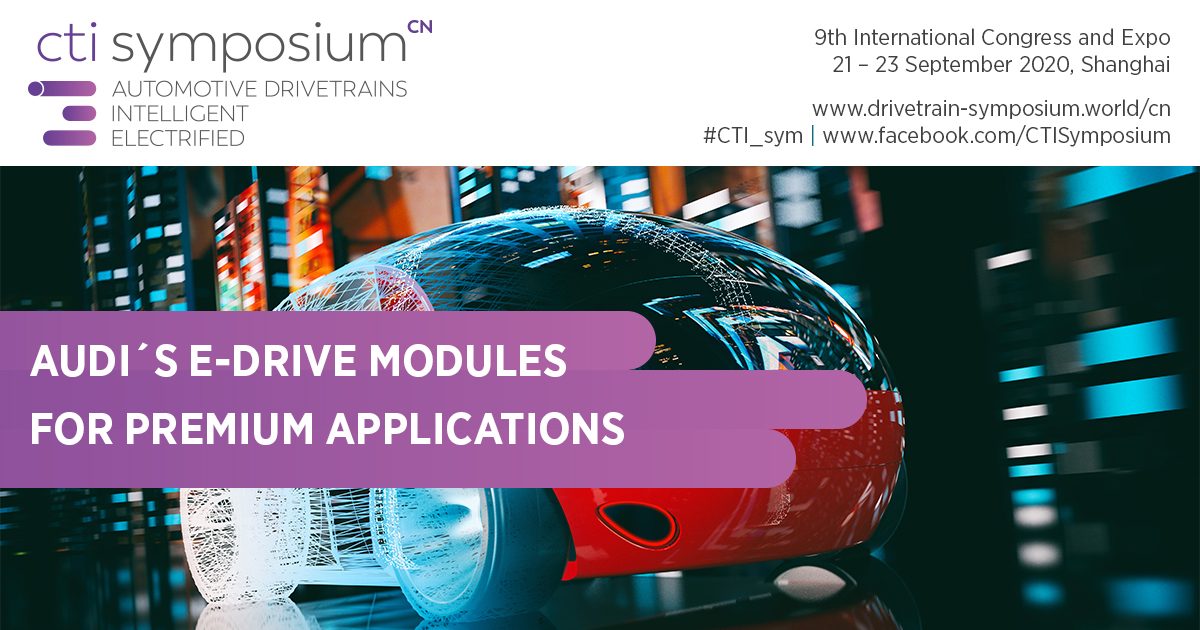
In Shanghai, Michael Schöffmann took a detailed look at the technology inside Audi’s e-tron 55 quattro. Maximum System power on the quattro 55 is 300 kW and continuous is 100 kW. Schöffmann distinguished between Peak Power and Boost Power: Boost Power (300 kW) lasts 8 s; Peak Power (265 kW, which Schöffmann says is enough for most everyday situations) lasts for 60 s. He said the bottleneck lies in cooling, and Audi were working hard on this – the power electronics, the transmission and the e-machine stator and rotor are all water-cooled via a shared system. Rotor-internal cooling was a prerequisite for the long availability of Peak Power. Schöffmann said the electric motor portfolio enables multiple variants using just a few modules. With two electric motors and two transmissions, plus a coaxial and a paraxial EM arrangement, Audi could create various drivetrains, including a torque-vectoring variant with two electric motors on the rear axle. Interestingly, Audi uses asynchronous motors only in the e-tron. Schöffmann mentioned two more highlights: firstly, Audi integrated the slip and chassis control directly into the power electronics to avoid latencies in CAN bus communication. Secondly, the e-tron uses ‘virtual’ rear view mirrors with two cameras and two displays, plus heating. Benefits include better vision even in darkness or bad weather, plus the ability to adapt ‘rear-view mirror’ functionality to specific driving situations by zooming, tilting, etc.
Michael Schöffmann, Head of Internationalisation, Region Management, Localization, Audi AG, Germany
